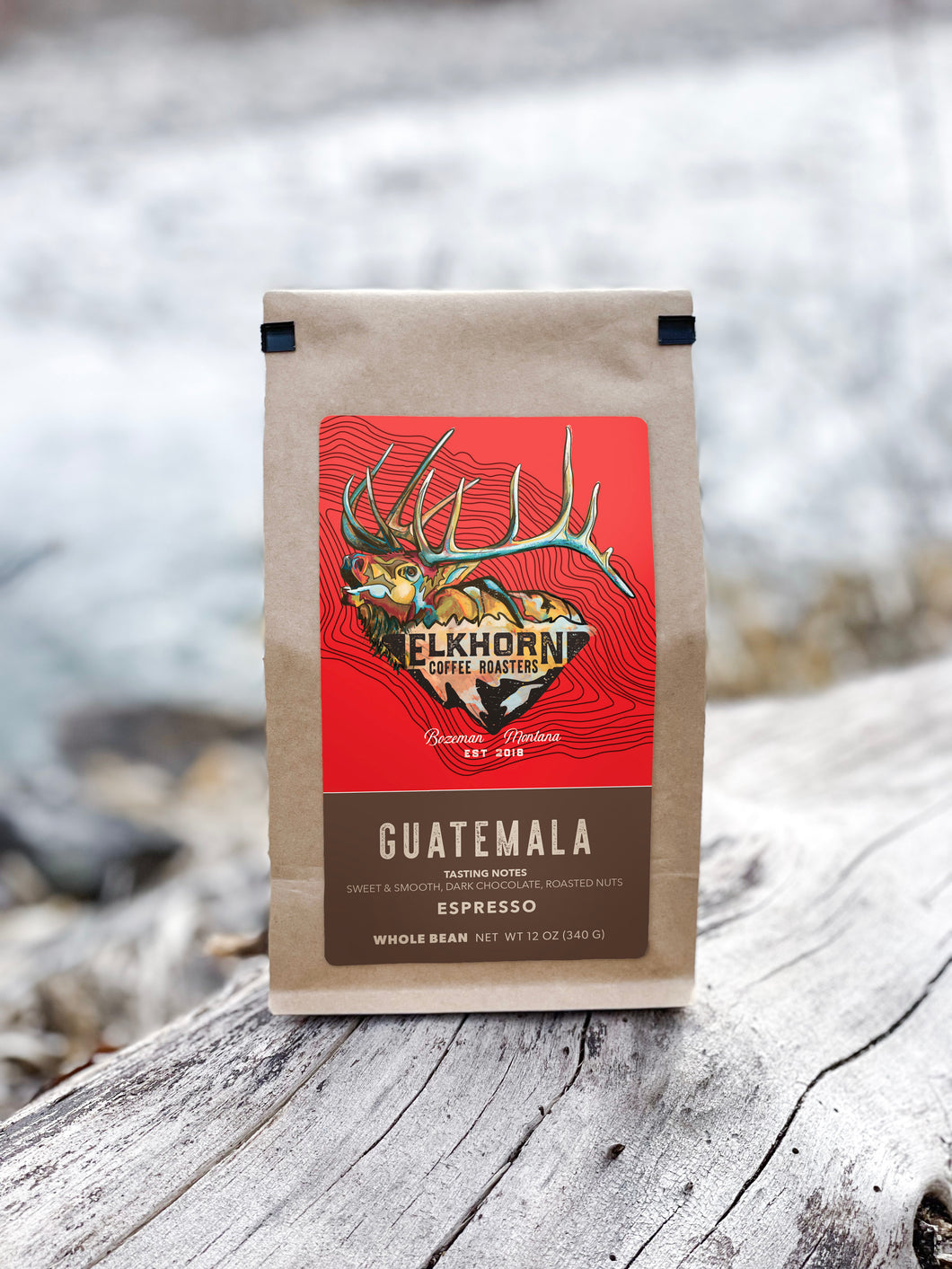The Coffee Lover’s Guide to SOE Single Origin Espresso Beans
The Coffee Lover’s Guide to SOE Single Origin Espresso Beans
Blog Article
Recognizing Coffee Beans: the Trip From Espresso to Blended Coffee Beans

The Beginnings of Coffee: An International Viewpoint
While you might assume of coffee as a modern staple, its origins map back centuries, linking with cultures around the world. The tale starts in Ethiopia, where legend says a goat herder called Kaldi found the energizing impacts of coffee beans after discovering his goats romping energetically after eating them. This stimulated interest, causing coffee's infect Arab investors who treasured the made beverage. By the 15th century, it got to Persia, Egypt, and Turkey, where coffeehouses came to be social hubs for conversation and society.
As profession courses expanded, coffee made its means to Europe in the 17th century, swiftly acquiring appeal. Each culture included its one-of-a-kind spin to coffee preparation, enhancing its history.
Growing and Harvesting of Espresso Beans
As coffee's journey evolved, the emphasis shifted to the farming and harvesting of details bean ranges, particularly those made use of for espresso. You'll find that espresso beans typically originate from Arabica or Robusta plants, each offering distinctive tastes. The excellent growing problems include high elevations and abundant, well-drained soil, which enhance the beans' high quality.
During the harvest, picking methods differ. In some areas, employees hand-pick ripe cherries, making sure only the most effective fruit mosts likely to processing. In other locations, mechanical farmers are utilized, especially on larger farms. Timing is crucial; you want to harvest when the cherries get to peak ripeness for optimum flavor.
When collected, the beans are gotten ready for handling, which is vital in identifying their final taste. Comprehending the cultivation and gathering procedures provides you understanding into what enters into your preferred coffee, improving your admiration for each and every cup.
Handling Methods: From Cherry to Bean
Since you've learnt more about collecting espresso beans, allow's discover exactly how those cherries change right into the coffee beans you love. You'll see exactly how various harvesting techniques impact flavor, complied with by the vital actions of fermentation and drying. We'll damage down the milling and grading process that determines your coffee's top quality.
Collecting Techniques Explained
When it pertains to coffee, comprehending harvesting techniques is important, since they straight affect the flavor and top quality of the beans you enjoy. There are two primary techniques: selective selecting and strip picking. Selective selecting involves hand-picking only ripe cherries, ensuring you obtain the best top quality beans. This method typically causes a richer flavor profile, though it's more labor-intensive. On the various other hand, strip selecting ways harvesting all cherries at when, despite ripeness. While it's quicker and cheaper, this can lead to a mix of tastes, affecting the final product. Eventually, the option of collecting strategy can greatly influence your coffee experience, so it deserves recognizing how those beans made it to your cup.
Fermentation and Drying Out
After collecting, the following steps in processing coffee beans play a substantial function in shaping their flavor. You'll discover that fermentation is essential, as it aids damage down the mucilage surrounding the beans, enhancing their preference account. Depending on the approach, this procedure can last from a few hours to a number of days, with differing results based on temperature and moisture.
Sun-drying allows the beans to absorb tastes from the environment, while mechanical drying out assurances consistent dampness degrees no matter of climate. Appropriate drying is vital to avoid mold and maintain the beans' quality, ultimately influencing your cup of coffee.
Milling and Grading Process
As fermentation and drying out set the stage for flavor development, the milling and grading procedure warranties that just the ideal coffee beans make it to your mug. This stage involves getting rid of the external layers of the coffee cherry, including the parchment and husk. Premium beans obtain a greater quality, resulting in a richer coffee experience.
Toasting Techniques: Unlocking Taste Prospective
When you roast coffee beans, the technique you select can dramatically influence the taste profile. Understanding the relationship in between time, temperature, and roasting strategies is essential to disclosing the possibility of your mixture. Allow's discover how these elements collaborated to develop the excellent cup.
Toasting Approaches Explained
While you could believe that all coffee roasting methods yield the very same results, the fact is that each method exposes distinct taste possibilities in the beans. Drum roasting utilizes a rotating drum to uniformly disperse warmth, boosting caramelization and generating a balanced flavor. Air roasting, on the other hand, distributes warm air around the beans, advertising a lighter roast with obvious level of acidity.

Influence On Taste Profile
Various roasting approaches not just influence the procedure but additionally considerably influence the taste profile of the coffee beans. When you choose a light roast, you'll experience bright level of acidity and floral notes, showcasing the bean's origin. On the other hand, a tool roast balances level of acidity with sweetness, typically revealing chocolatey touches. Dark roasts, on the other hand, draw out strong, smoky flavors, sometimes concealing the bean's distinct characteristics. Each technique reveals various oils and substances, resulting in a large range of tastes. By try out various toasting designs, you can find which accounts reverberate with your taste. Recognizing these subtleties helps you value the creativity behind your cup of coffee, enhancing your total try this out experience with every sip.
Time and Temperature Level Factors
To launch the full flavor capacity of coffee beans, both time and temperature throughout the toasting process play significant duties. When toasting, you'll discover that greater temperature levels can quickly establish flavors, but if you hurry it, you could wind up with scorched notes. Conversely, lower temperature levels enable a much more progressive flavor growth, showcasing the beans' special characteristics.

Timing is just as essential; prolonging the roast as well long can lead to a loss of level of acidity and illumination, while also short a roast could leave the beans underdeveloped. Discovering that pleasant area calls for technique and trial and error. By readjusting these elements, you can expose the rich, complicated tastes concealed within each bean, developing a really remarkable coffee experience.
The Art of Mixing: Crafting One-of-a-kind Coffee Profiles

Start by picking a base coffee that provides a strong structure. A bright Ethiopian bean can bring fruitiness, while a rich Brazilian coffee includes body.
As you mix, maintain in mind that each mix narrates. You're not just making coffee; you're developing an experience. So, take your time, preference often, and take pleasure in the trip of uncovering your trademark mix.
Developing Techniques: Just How Prep Work Influences Flavor
Blending coffee opens up a domain name of taste opportunities, but how you brew that mix can substantially influence your last mug. On the various other hand, a pour-over highlights the coffee's quality and illumination, excellent for showcasing fragile notes.
Espresso, with its high pressure, produces a focused shot that emphasizes sweet taste and crema. If you choose a lighter brew, think about a great site cold mixture technique; it generates a smooth, much less acidic preference.
Adjusting variables like water temperature, grind dimension, and make time can transform your coffee's profile. Embrace the art of brewing to find the flavors concealed in your coffee blends.
The Future of Coffee: Sustainability and Innovation
As the coffee market progresses, sustainability and advancement are coming to be crucial for attending to ecological challenges and meeting consumer needs. You'll observe that more coffee firms are embracing environment-friendly practices, from sourcing beans fairly to carrying out lasting farming strategies. These shifts not only help the planet however also enhance the high quality of the coffee you take pleasure in.
You may see technologies like naturally degradable product packaging and water-saving developing methods that reduce waste. Advanced innovation, such as blockchain, is additionally ending up being popular, making certain openness in the supply chain, which allows you to trace your coffee back to its origins.
In enhancement, investing in regional areas and sustaining farmers via reasonable trade efforts cultivates a more sustainable coffee ecological community. As you drink your following cup, keep in mind that your choices can contribute to a brighter future for coffee. By selecting lasting brand names, you're not just taking pleasure in a drink; you're making a positive influence on the globe.
Often Asked Questions
What Is the Distinction Between Arabica and Robusta Beans?
Arabica beans are smoother, sweeter, and have a greater acidity, while robusta beans are stronger, more bitter, and consist of even more caffeine. You'll see these distinctions in flavor and fragrance when making your coffee.
How Does Altitude Affect Coffee Bean Taste?
Altitude effects coffee bean taste considerably. Greater elevations produce beans with brighter level of acidity and complex flavors, while lower elevations typically produce beans that are much heavier and less nuanced. You'll notice these distinctions in your cup!
What Are the Wellness Benefits of Alcohol Consumption Coffee?
Consuming coffee can increase your power, enhance psychological emphasis, and even improve physical performance. It's rich in antioxidants, might lower the risk of particular illness, and can promote a much healthier metabolic rate when consumed in small amounts.
Can Coffee Beans Be Reused for Developing?
Yes, you can reuse coffee beans for developing, yet the flavor may be weaker. If you take pleasure in trying out, try recycling them in various means, like chilly mixtures or including in healthy smoothies for an added kick.
How Should I Store Coffee Beans for Quality?
To maintain your coffee beans fresh, save them in an impermeable container in a cool, dark location. Avoid subjecting them to warm, dampness, or light, as these variables can swiftly deteriorate their taste and fragrance.
Understanding Coffee Beans: the Trip From Espresso to Blended Coffee Beans.
Currently that you have actually discovered about harvesting coffee beans, let's check out exactly how those cherries change right into the coffee beans you love.When you roast coffee beans, the method you pick can significantly influence the flavor profile - Single Origin Espresso.While you may assume that all coffee roasting approaches yield the very same results, the reality is that each technique exposes special taste potentials in the beans.Different roasting approaches not only influence the process but additionally considerably impact the taste account of the coffee beans
Report this page